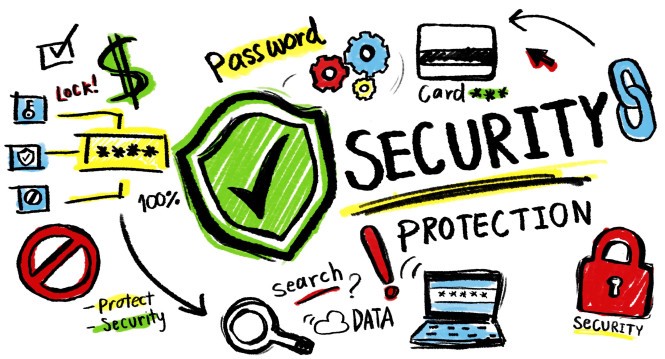
As we know security challenges in the cloud are nothing new, but the tremendous increase in scale and complexity that accompanies the Internet of Things greatly increases the attack surface of organizations compared to traditional information technology deployment. Connected objects offer tremendous opportunities for value creation and capture, but can also create tremendous risk, demanding new strategies for value protection. A single vulnerable device can leave an entire ecosystem open to attack, with potential disruptions ranging from individual privacy breaches to massive breakdowns of public systems.
As data are created and transmitted, this represents a new opportunity for that information to be compromised. More data, and more sensitive data, available across a broad network means the risks are higher and that data breaches could pose significant dangers to individuals and enterprises alike. As for IoT, data security risks will very likely go beyond embarrassing privacy leaks to, potentially, the hacking of important public systems. Hacking the location data on a car is merely an invasion of privacy, whereas hacking the control system of a car would be a threat to a life. Consequently, in addition to new ways to create and capture value through information, the rise of the IoT creates a new need to protect this information-based value.
As companies embrace the Internet of Things, the need to secure the newly connected billions of devices and the entire IoT ecosystem creates a set of questions and potential obstacles to broad IoT adoption. Companies anxious to accelerate their IoT initiatives must focus on and invest in a comprehensive and thoughtful approach to security in order to minimize business risk.
Hdac is combining blockchain and IoT, allowing automated, machine-to-machine, ultra-low cost transactions between IoT devices that are authenticated, mapped and verified through the blockchain. In its architecture the Hdac system uses a combination of public and private blockchains, which allows for previously unattainable transaction speeds. The technology will use quantum random number generation to secure these transactions.
The Hdac system will ultimately ensure the efficiency and security of exponential growth of the IoT industry by eliminating the distrust and security threats implied by the convenience of Internet connection.
The most attractive attributes of the IoT are that it enables devices to be both smart and connected. Devices that were not created for use on the blockchain will be neither smart nor connected, and all the threats and vulnerabilities that may occur in the existing Internet environment can be inherited. Meanwhile, apart from the security vulnerability due to external infringement, data collected in real time on an Internet-based service can lead to the invasion of privacy, and connection without security may be a social disaster. It is necessary that the basis of this hyper-connected society is able to contract and operate between a reliable P2P network system and the IoT devices we will be relying on everyday. Based on this, it has the capacity to evolve into a network that can support an ultra-advanced M2M transaction system which can function securely, reliably, and independently with customizable inputs from users.
However, in order to achieve such a positive outcome, the connectivity between devices and reliability must be ensured. In other words, eliminating the distrust and security threats implied by the convenience of Internet connection is the top priority.
The uniqueness of Hdac private blockchain is the enhanced security by generating random numbers to create identifying keys through a quantum random number generator it is possible to eliminate the possibility of hacking through number pattern analysis, thereby greatly improving the security of the technology and associated transactions.
Hi! I am a robot. I just upvoted you! I found similar content that readers might be interested in:
https://github.com/HDAC/WiKi/wiki/HDAC-Whitepaper
Downvoting a post can decrease pending rewards and make it less visible. Common reasons:
Submit